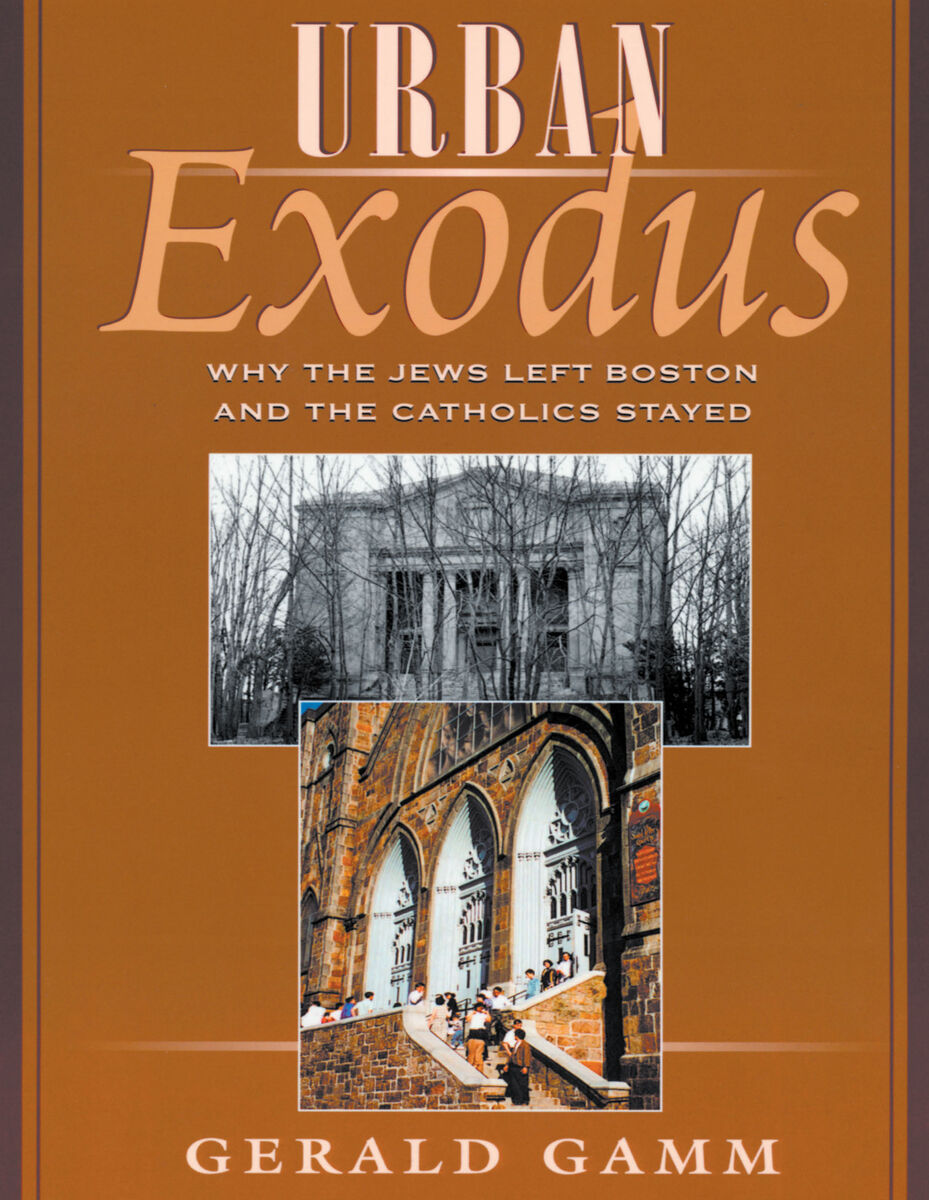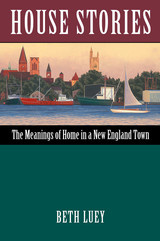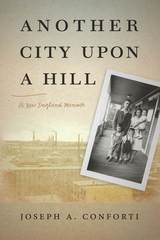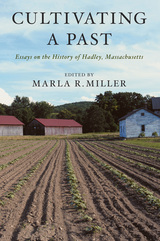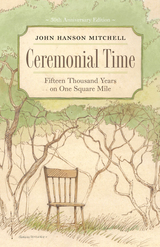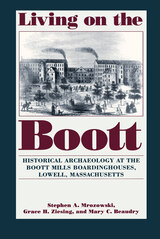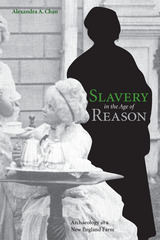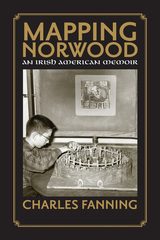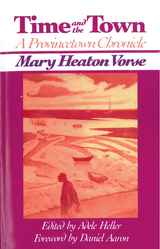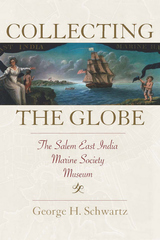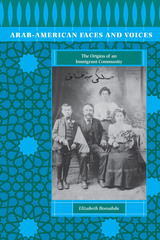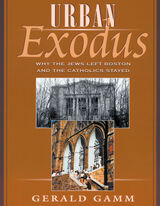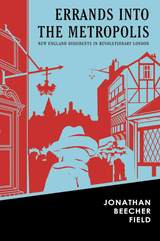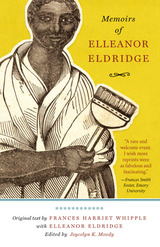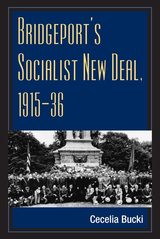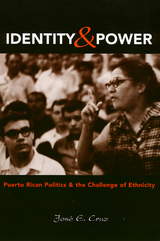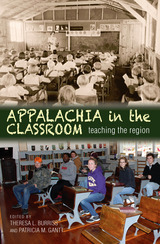This thoroughly reported and elegantly written book surely is the best interpretation of Boston politics since J. Anthony Lukas's Common Ground in 1985.
-- David Warsh Boston Globe
Focusing on Boston's Roxbury and Dorchester neighborhoods from 1870 to the 1970s, Gamm argues that Jewish and Roman Catholic institutions and their white congregants responded differently to the changing urban environment. Correctly tracing the origins of the urban crisis to 1920s suburbanization, he concludes that Catholic and Jewish institutions' different rules, including those of membership, rootedness, and authority, accounted for these different responses...Urban Exodus is an interesting and challenging study.
-- J. Borchert Choice
Synagogues and parishes, Gamm contends, essentially dictated who stayed in Boston's neighborhoods, who left for the suburbs, when, and why. It's an intriguing argument, one almost provocative in its simplicity...Urban Exodus takes its place in an increasingly impressive collection of books on urban conflict from Los Angeles to Yonkers, which seriously consider the intricacies of geography (not to mention religion). To paraphrase that eminent Bostonian, Tip O'Neil, we're finally learning that a good deal of American history is local.
-- Tom Deignan Commonweal
Urban Exodus takes a fresh look at two long running themes in Boston history: tribalism and turf. It examines the glue that holds a neighborhood together. And it explains Boston's reputation as a city of distinct parishes, even in the wake of demographic change.
-- Thomas M. Menino, Mayor of Boston
Gerald Gamm has taken the question of the causes of racial succession in American urban neighborhoods, the subject of major works of urban sociology, into new fields with this book. His remarkably detailed and informed research into the character of two major American religions, and how they interact with the urban fabric, breaks new ground in urban sociology. It will have to be taken into account in any future discussion of why the American city seems incapable of maintaining stable neighborhoods.
-- Nathan Glazer
Gerald Gamm set out to solve a mystery--one that occurred in Boston, but is also a quite common event in other big cities. Why do the Jews abandon their old neighborhoods, while other (typically Catholic) urban ethnics are much slower to do so? He offers an ingenious answer centering on the ability of religious organizations to make credible commitments. The reader will find this a learned, sensible, and provocative argument, one bound to be controversial. The book is a model of clarity, of serious scholarship, and, frankly, of damned good detective work!
-- Kenneth Shepsle, Harvard University
Through vivid stories and carefully presented evidence, Gamm shows that religious institutions shape neighborhoods and affect patterns of urban change. He does this by telling the fascinating story of upheaval and change in Boston's twentieth-century Jewish and Catholic neighborhoods, with lessons for Sharon [Massachusetts] in the twenty-first century.
-- Sharon Advocate
Urban Exodus is more than a pioneering work in comparative sociology. It is also a thoughtful and challenging contribution to American Jewish history, and tells a story that occurred in Detroit, Washington, Newark, Cleveland, Minneapolis, New York, and elsewhere...According to Gamm...the difference between the demographic mobility of Jews and Roman Catholics stemmed from the different institutional structures of the two groups. As a result of a close examination of church and synagogue records, census data, newspaper accounts, Boston government records, and other primary source material, Gamm argues that "what primarily distinguishes Jews from Catholics is not a different capacity for racist behavior but a different attachment to territory. Catholics have a strong sense of turf, regarding their neighborhoods as defended geographical communities.
-- Edward S. Shapiro American Jewish History
Throughout the book, Gamm follows the lives of two Dorchester institutions - St. Peter's, the largest preeminent Catholic parish, and Mishka Tefilan, Boston's oldest conservative congregation. Statistically and anecdotally, Gamm thoroughly demonstrates how divergent modes of governance affected Jews and Catholics as well.
-- Paula M. Kane Church History
This carefully written, impressively researched book begins with the puzzle suggested in its subtitle: Why did almost all of Boston's 70,000 Jews leave the neighborhoods of Dorchester and Roxbury for suburban destinations during the 1950s and 1960s
In its broad contours Urban Exodus persuades, and Gamm's achievement is noteworthy. He traces the life history of over one hundred Boston churches and synagogues, itself an accomplishment, and weaves them into a story of considerable power.
-- John T. McGreevy Reviews in American History
The great merit of Gerald Gamm's study of the Catholic and Jewish neighborhoods of modern Boston is that it carefully balances the forces, visible and invisible, which caused those groups to behave as they did.
-- James M. O'Toole Catholic Historical Review
